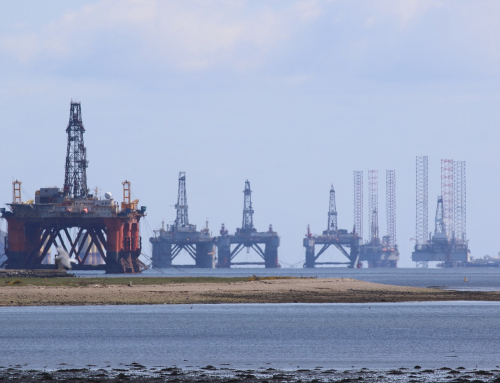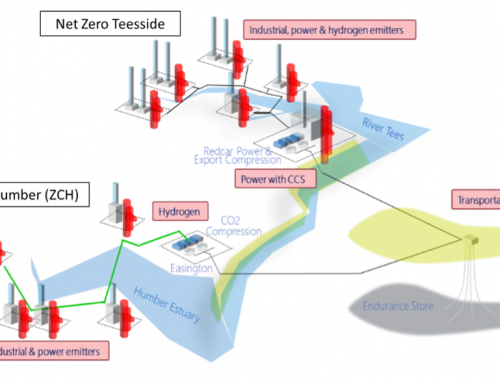By Barney Smith
BP’s AGM this year is on 12 May only a couple of days before the Shell AGM , so comparisons are inevitable. But they are also perhaps instructive. The Shell document (See Greenbarrel of 28 April) looks too similar to those produced by the company in recent years. But the BP Annual Report looks like a complete rewrite starting with the title “Performing while transforming: from an IOC (International Oil Company) to an IEC (Integrated Energy Company) “ which tells us what BP is trying to do.
It is followed by a short introduction by the Chairman, Helga Lundt, who inter alia makes it clear that the whole Board is behind the change in direction for BP championed by the CEO, Bernard Looney, since his installation in early 2020. Next the CEO himself pays tribute to the company’s workforce, shows how the company’s immediate future is tied up with the world of Oil and gas and then highlights the steps which the company has already taken to change direction, most notably by investing in the renewables sector.

www.bp.com
Prominence is given to the joint off-shore wind venture in the US with Equinor (formerly Statoil) as well another joint venture with Eon, the experienced German renewables company, to address the off-shore market in the UK, which still has more installed capacity than anywhere else in the world. Together with the US, it represents
” two of the best regions globally for the world’s fastest-growing source of energy.” to quote Looney. He then goes on to say “Our solar development joint venture, Lightsource bp, is growing prolifically. We are working with Ørsted to develop green hydrogen for our Lingen refinery. We have joined forces with the mobility platform DiDi to build a network of electric vehicle chargers in China, by far the world’s biggest market for EVs.”
These introductory remarks are followed by some fairly detailed figures, apparently to help measure overall progress. At the very top of a number of entries are figures for ”Developed Renewables to final investment decision” showing electricity generated rising from 3.3 GW in 2020 to 20 GW in 2025 and 50 GW in 2030. All this gives an impression of urgency, which is what is needed. The world has changed and there is now a far increased understanding of the reality of climate change and its challenge.
But It must however be admitted that, the figures quoted are, inevitably, more aspirational looking forward than performance-related looking back. It follows that any sensible judgement based on those figures risks being premature. One of the advantages which BP has over Shell is that of relative novelty. Because the clear change of direction for BP dates back only as far as early 2020, it is easier to imagine that plans are the same as projects, and that projects are the same as the finished product.
But that said, BP are successfully projecting a sense of urgency which Shell have yet to communicate. In that sense at least they have an advantage. It will take time to see whether this is a real advantage with investors, ultimately to be reflected in the share price. Will the forthcoming AGMs help in this? We will know soon enough.





